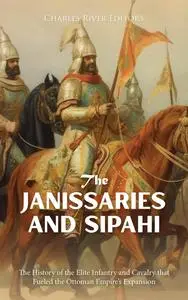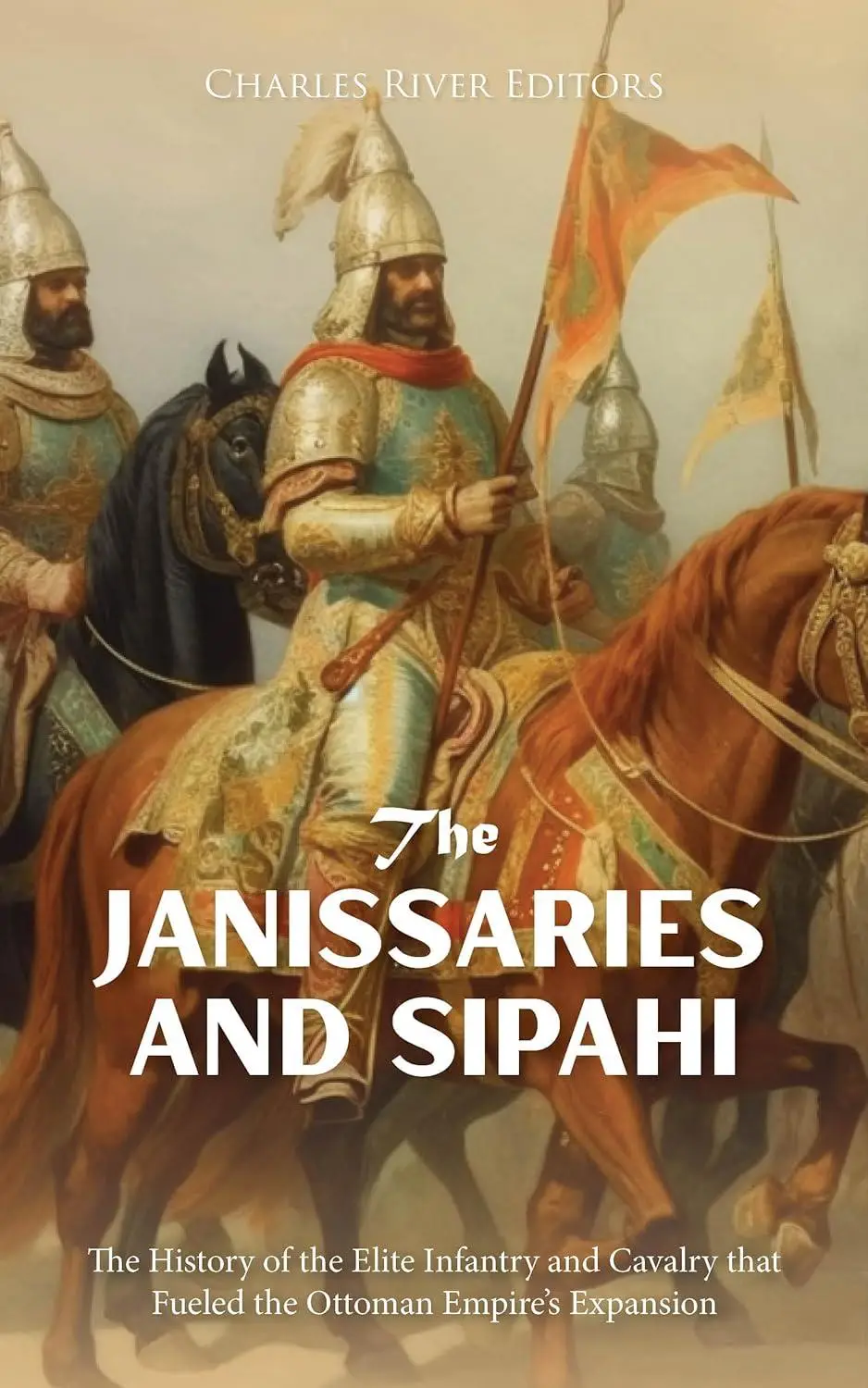The Janissaries and Sipahi: The History of the Elite Infantry and Cavalry that Fueled the Ottoman Empire’s Expansion by Charles River Editors
English | November 22, 2023 | ISBN: N/A | ASIN: B0CNVN6GJ6 | 108 pages | EPUB | 8.38 Mb
English | November 22, 2023 | ISBN: N/A | ASIN: B0CNVN6GJ6 | 108 pages | EPUB | 8.38 Mb
In terms of geopolitics, perhaps the most seminal event of the Middle Ages was the successful Ottoman siege of Constantinople in 1453. The city had been an imperial capital as far back as the 4th century, when Constantine the Great shifted the power center of the Roman Empire there, effectively establishing two almost equally powerful halves of antiquity’s greatest empire. Constantinople would continue to serve as the capital of the Byzantine Empire even after the Western half of the Roman Empire collapsed in the late 5th century. Naturally, the Ottoman Empire would also use Constantinople as the capital of its empire after their conquest effectively ended the Byzantine Empire, and thanks to its strategic location, it has been a trading center for years and remains one today under the Turkish name of Istanbul.
In the wake of taking Constantinople, the Ottoman Empire would spend the next few centuries expanding its size, power, and influence, bumping up against Eastern Europe and becoming one of the world’s most important geopolitical players. It was a rise that would not truly start to wane until the 19th century.
Among those who were responsible for the projection of Ottoman power, few deserve as much credit as the Janissaries. Established by Murad I, the Janissaries became an elite infantry force that was loyal only to the sultan. Their mission was to protect only him and in battles they were always the closest to him, forming a human shield. Originally, they consisted of non-Muslim slaves, mainly Christian boys from Byzantium. Jewish boys were not taken as soldiers and Muslims could not, by law, be enslaved. Murad had instituted a tax of one fifth on all the slaves taken in war, and the idea of only taking boys fit for fighting was called Devshirme, or blood tax. The slaves went through a very strict training, first learning to speak Turkish and practicing Ottoman traditions by living with a family chosen by the sultan. The boys also were forcibly converted to Islam, forbidden from wearing a beard and lived under monastic circumstances in celibacy. They were overseen by eunuchs and trained in special schools, enhancing their personal abilities. The main difference between these and other slaves was that they were being paid for their services. This served as a motivator and kept the soldiers loyal.
Civilizations across the steppes and the Middle East relied heavily on cavalry, and the Sipahi were elite cavalry units during medieval times for a couple of powers. That said, they were a massive contributor to the success of Ottoman warfare, and during good times for the empire, the Sipahi were rewarded, to the extent that they became their own social class, much like the Janissaries. In fact, much the way the Janissaries became less effective over time as being one denoted social status, the Sipahi and Janissaries had class resentments among each other, one of the various cracks in the Ottoman Empire that would help bring about its decline.
As a result, the Sipahi’s private lives in the Ottoman Empire were varied and complex, depending on their social status, wealth, education, and religion. Their homes were often luxuriously decorated, and they were usually portrayed as highly-educated and sophisticated people. The Sipahi frequently had several wives and concubines, and their houses were equipped to accommodate their many guests. They had harems, where they kept their concubines and slaves, and the maintenance of their harems was important for each Sipahi's reputation and status. Their wives and concubines were often confined to the harem, and they did not have much freedom, but in some cases, especially in wealthier families, the women were educated and had an active social life.



